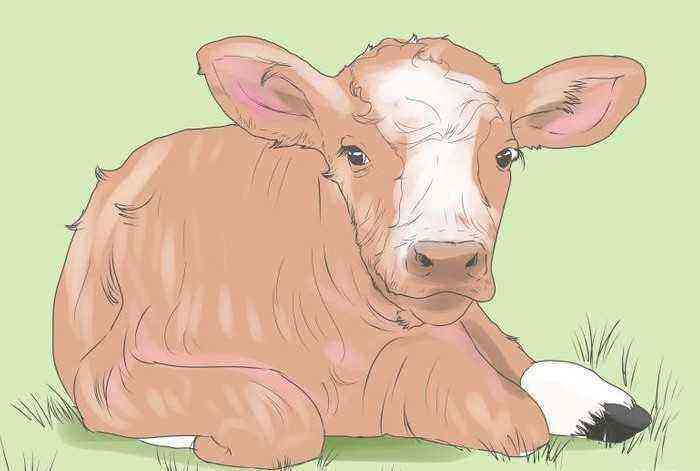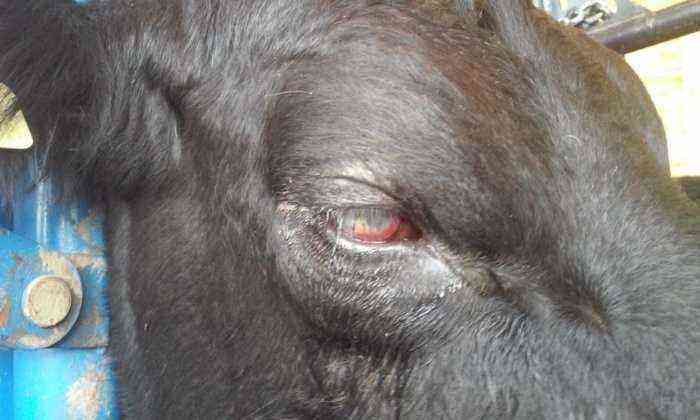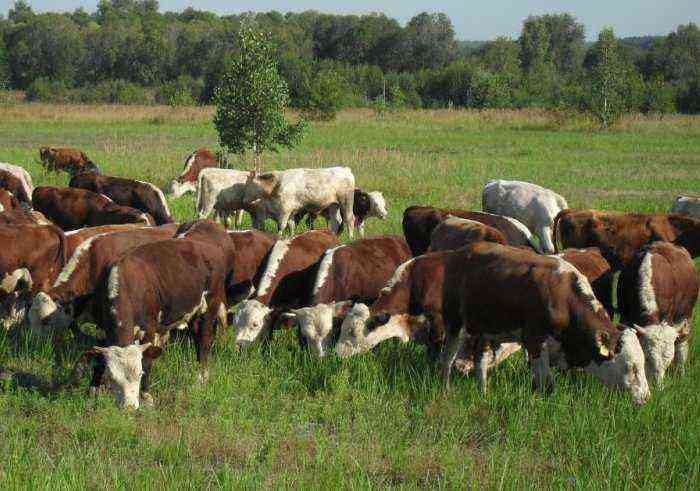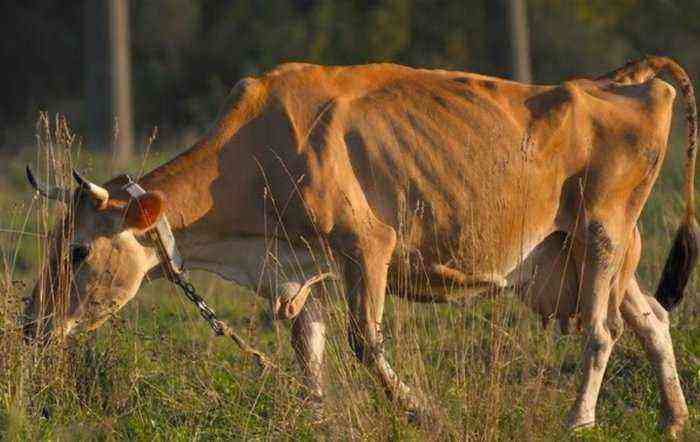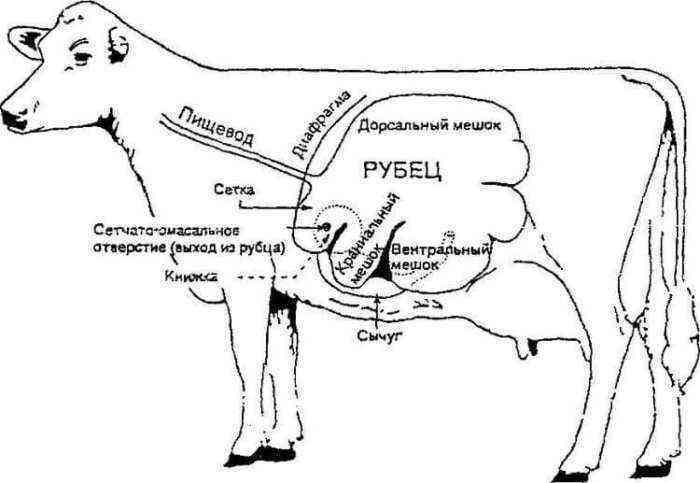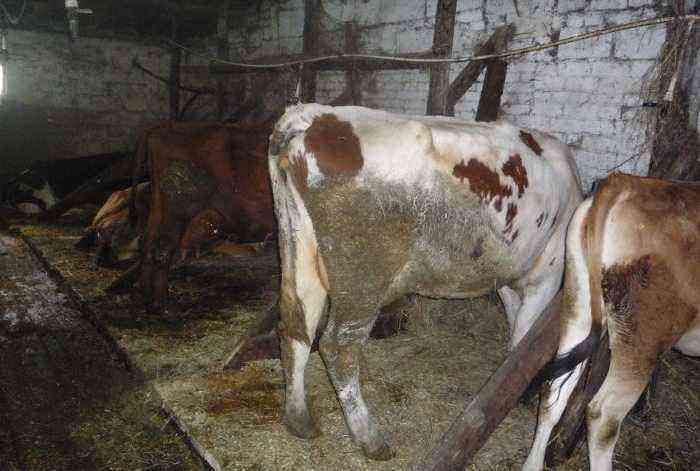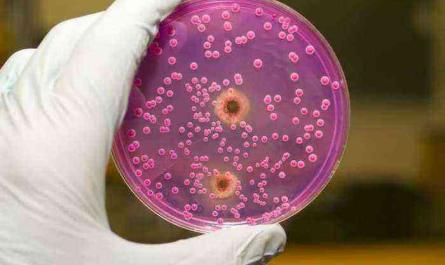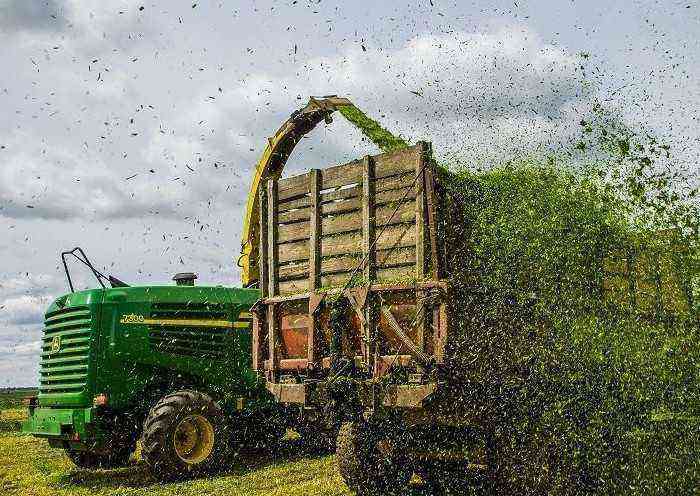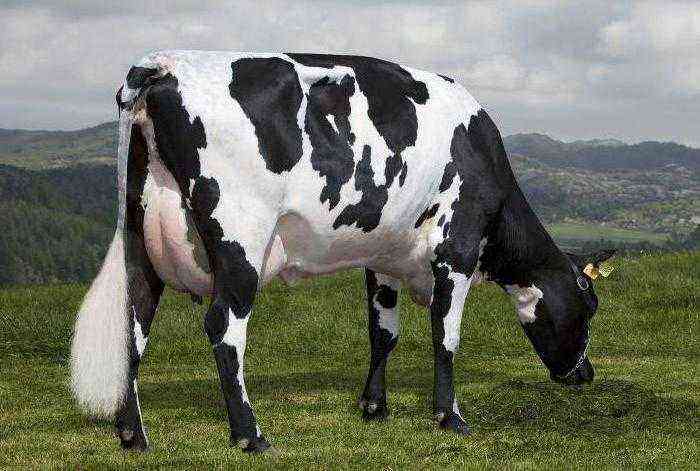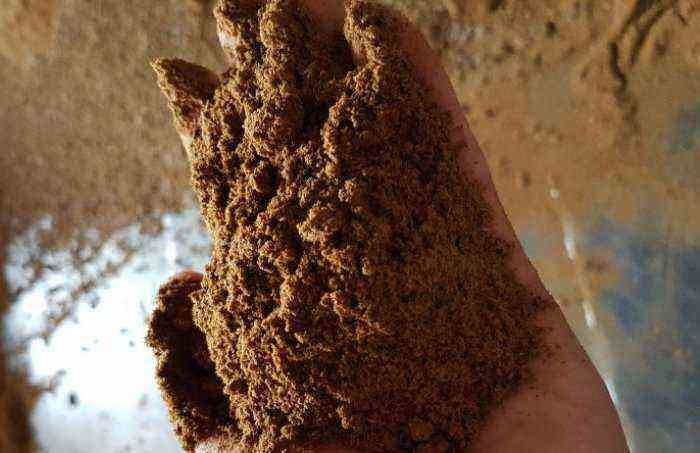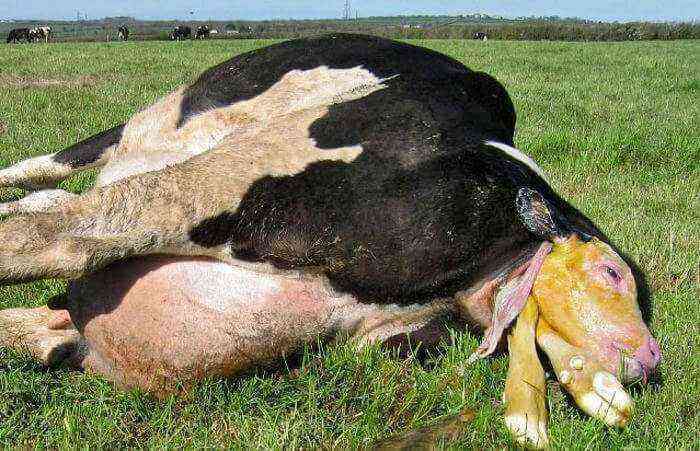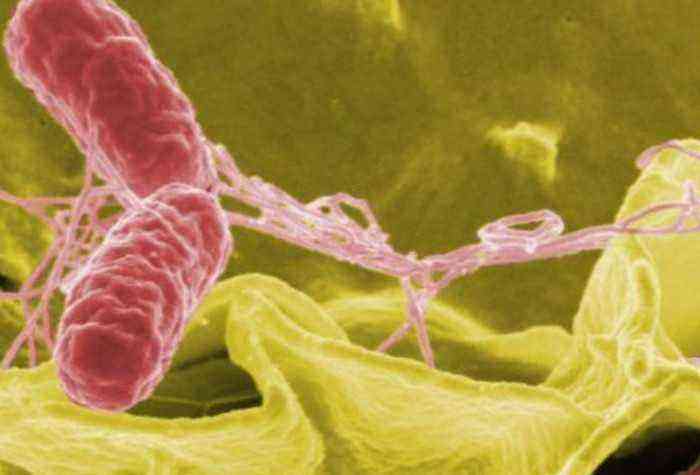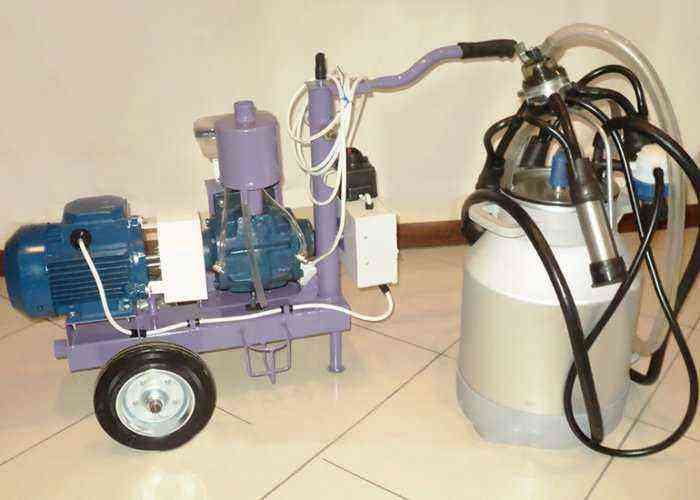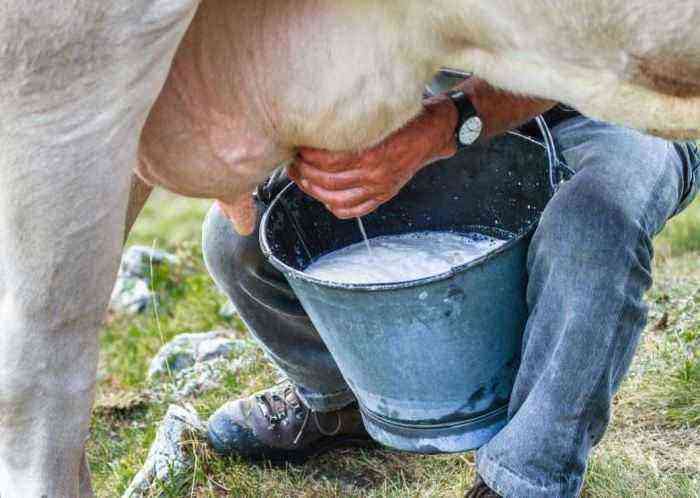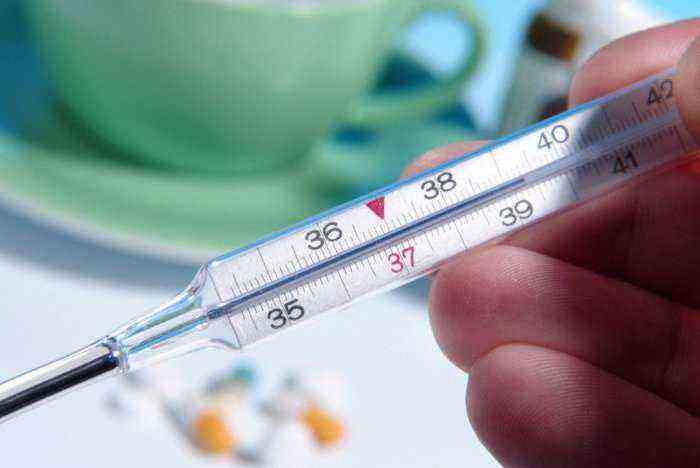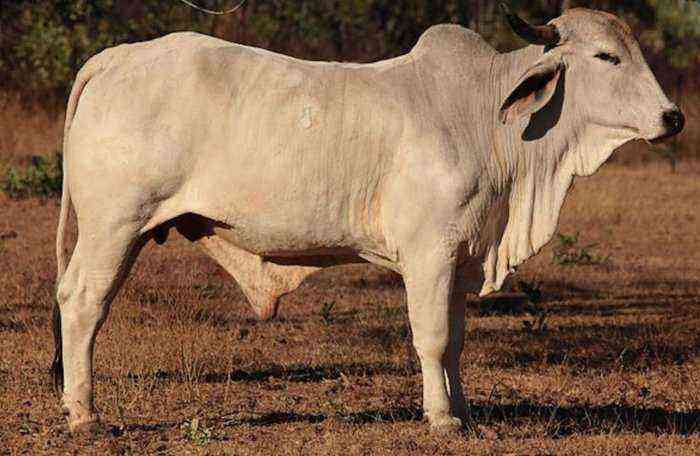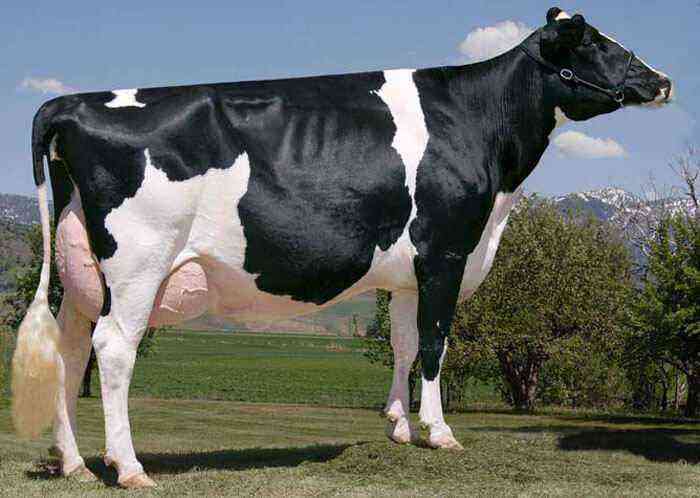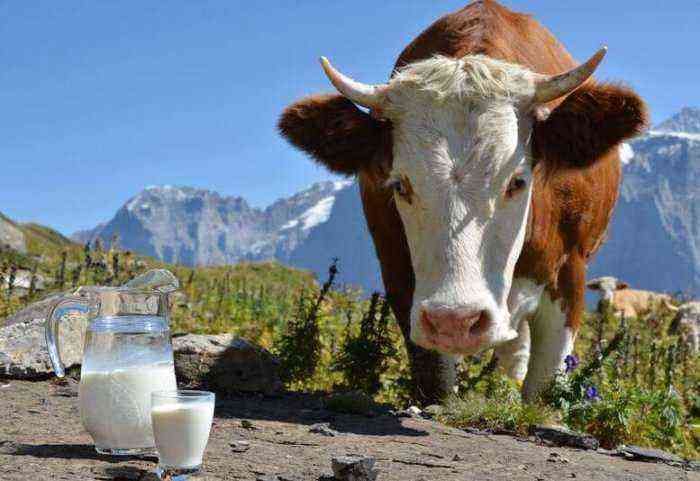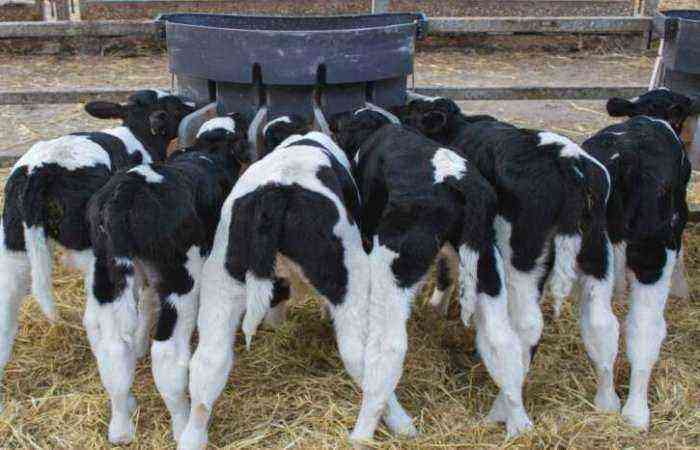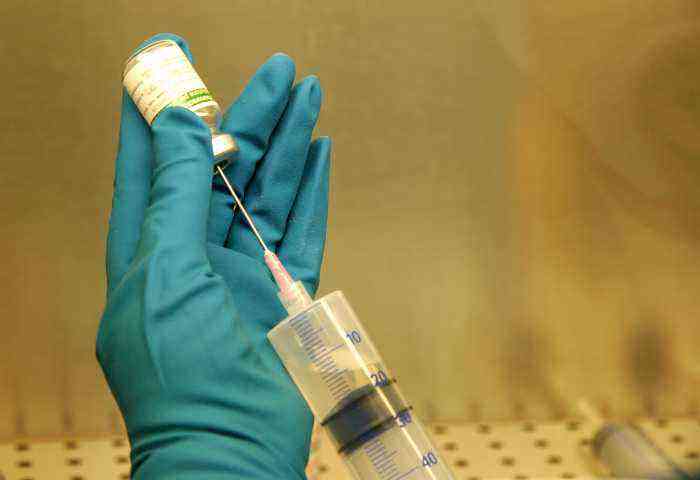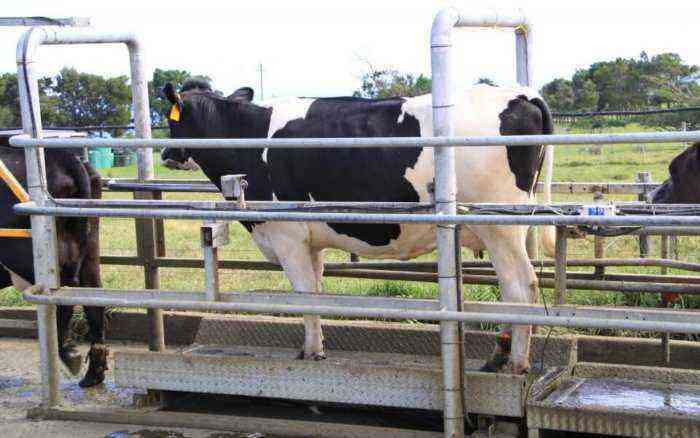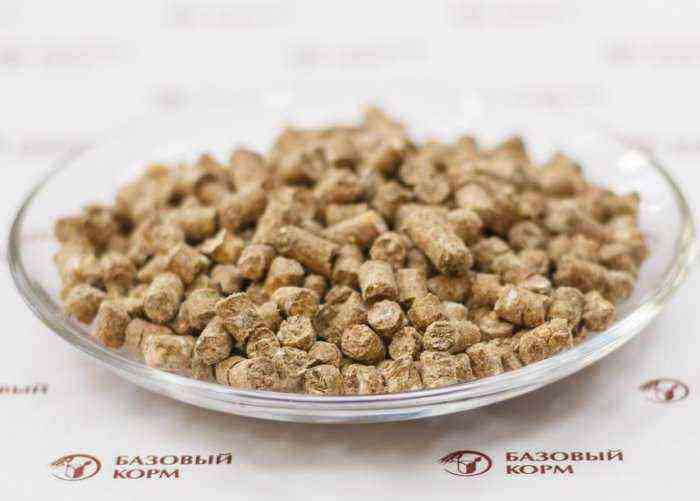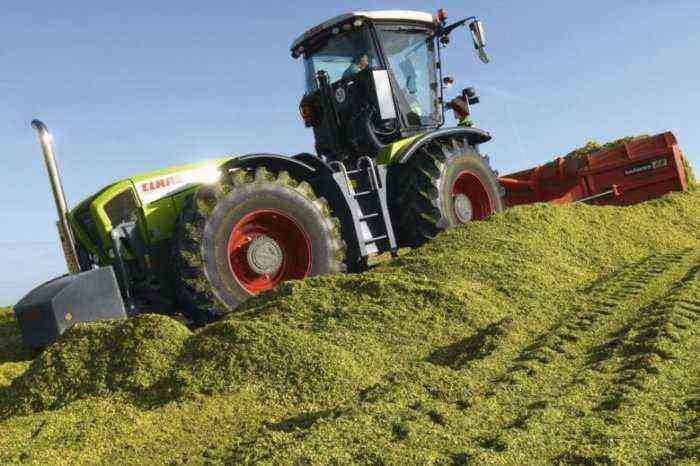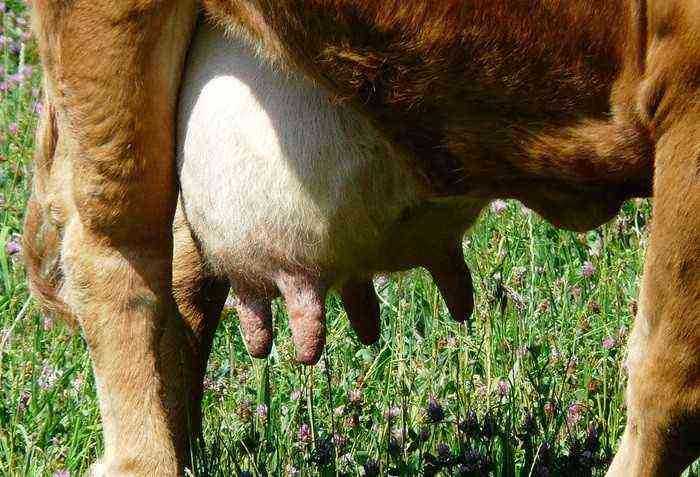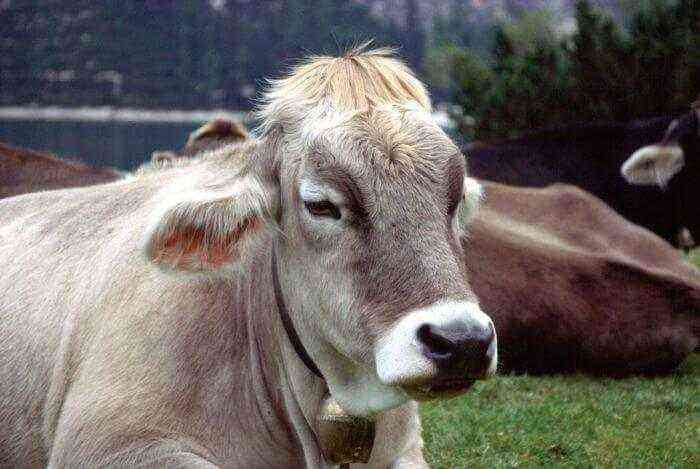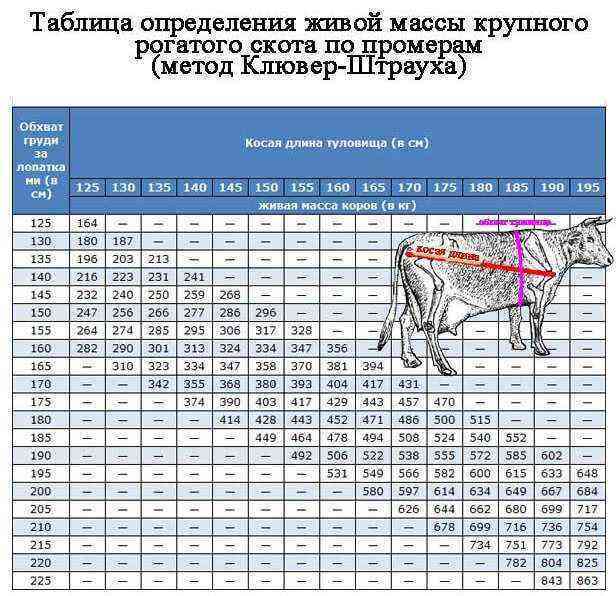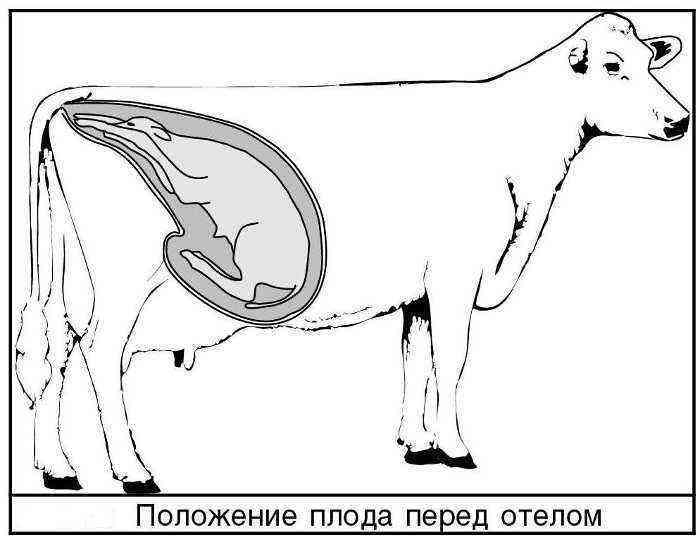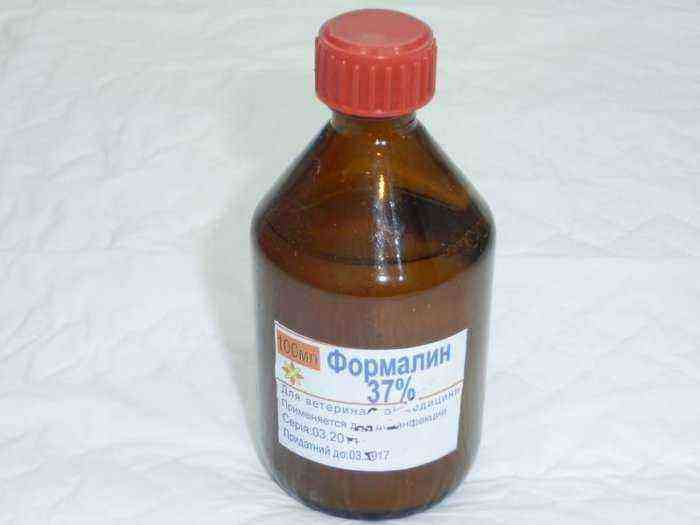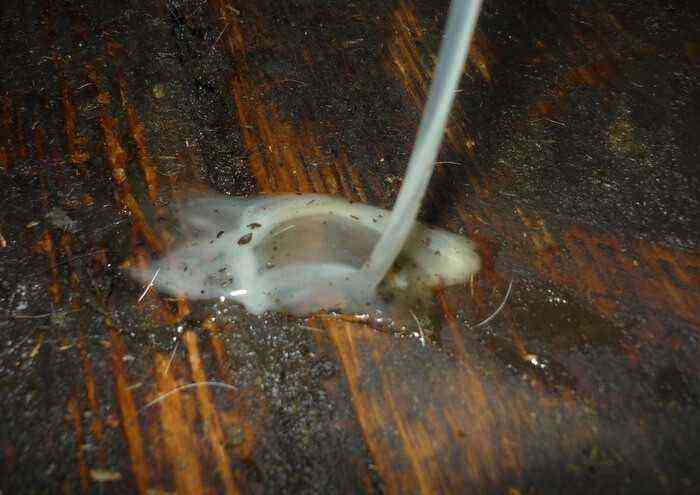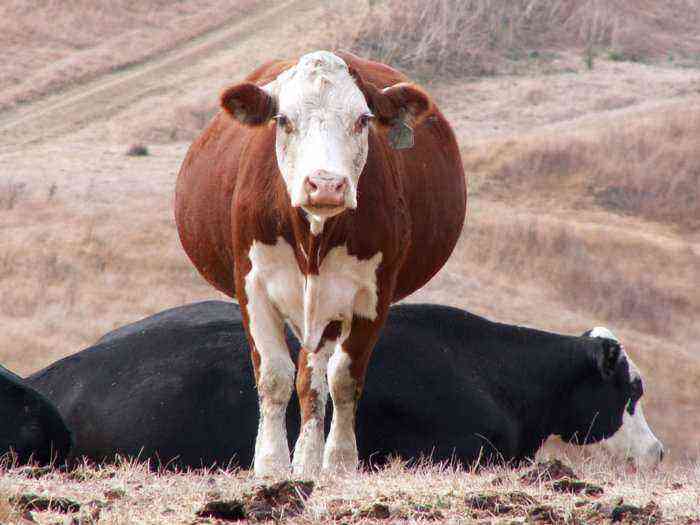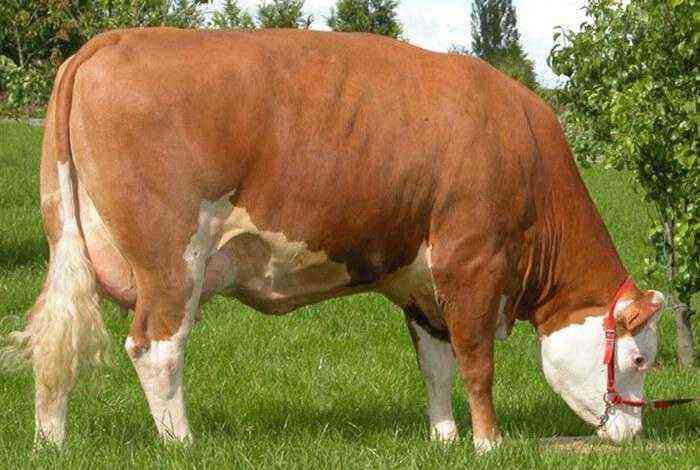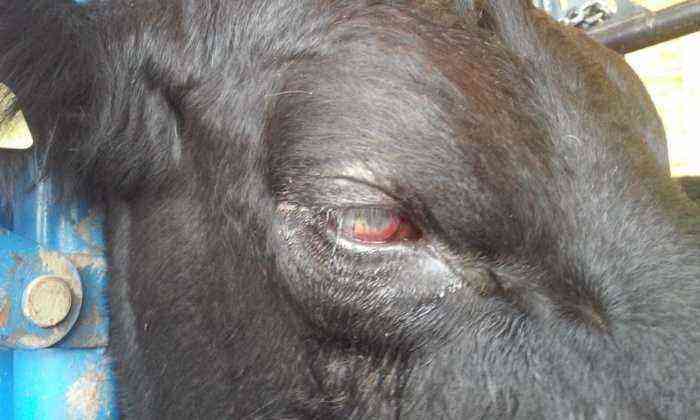A high temperature in a cow is an indicator that indicates violations in the animal’s body. As in humans, its increase indicates the occurrence of an inflammatory process or infection. It is important to understand what temperature is considered elevated in cows and how to measure it correctly. The article will announce the main causes of animal hyperthermia.
Measuring temperature in a calf
Body temperature norm
What are the normal values of body temperature in cows and calves, every farmer should know. Early diagnosis of diseases allows you to quickly restore the health of the animal and prevent the development of complications, and sometimes avoid death. Consider at what values of the thermometer an adult is considered healthy.
normal temperature in cows
The rate of metabolic processes in females and males is slightly different. They proceed a little faster in females, so the body temperature in females is slightly higher. It is not possible to determine the presence of deviations from the norm by the skin. The skin of cattle is always cool.
The following indicators of the thermometer are considered to be the normal temperature in cows:
- In males – 38-39 degrees.
- In females – 38-39,5 degrees.
In the evening, a slight excess of these values uXNUMXbuXNUMXbcan be recorded, this is considered the norm.
Important! During pregnancy and estrus, the body temperature of a cow is always slightly higher than normal.
Calves
Temperature control in calves is very important – newborn animals and individuals up to one year of age are at risk of infection more often than adults. Their immunity is very weak. To identify health problems, you need to remember what is the normal temperature for calves:
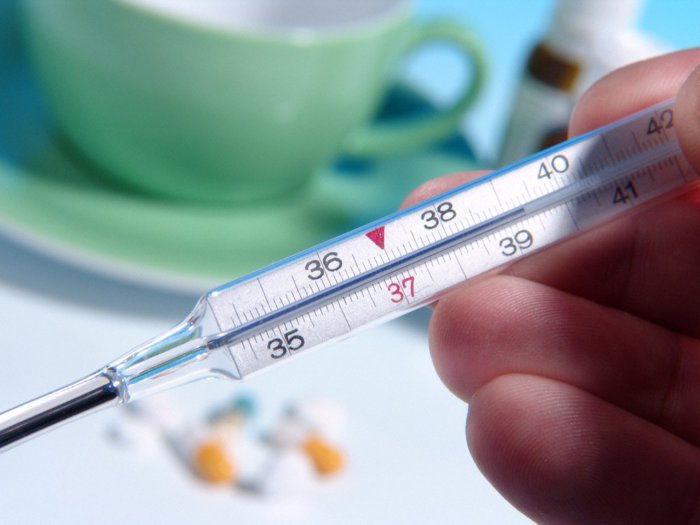
Normal temperature in a calf
- At the age of up to 6 weeks – 39-40,2.
- Up to 2-2,5 months – 39-40.
- Up to a year – 38,5-39,8.
Focusing on these values, one can judge the state of health of the calf. If the thermometer rises to 40,5, this is a reason to call the veterinary service.
Other signs of poor health in cows
It is difficult to imagine that in a large farm, daily temperature measurements were taken from cows. This process is fraught with inconvenience, so attentive farmers are guided by other signs that indicate deviations in the condition of animals. An increase in temperature can be judged by the behavior of the cow. If the animal does not feel well, note the following:
- The cow is depressed, looks sad, lethargic.
- Loses appetite.
- The gait becomes wobbly.
- There is muscle tremor.
If you notice something like this, you should measure the temperature. There are many reasons for its increase, we will consider the most common of them below.
Causes of an increase in body temperature
Although a veterinarian should conduct a diagnosis of the condition of the animal, farmers still need to have some idea of the possible causes of hyperthermia. Like humans, mammals suffer from various ailments. Bacterial and viral infections often provoke the development of inflammatory processes in the body of a cow. Other causes of hyperthermia include the following:
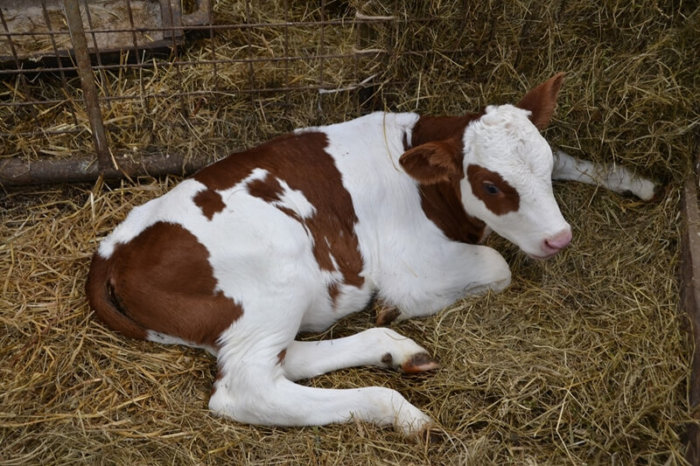
Diseases of the internal organs
- Poisoning with poor quality food.
- Incorrect food.
- Health problems after calving.
- Diseases of the internal organs.
- Diseases of the respiratory system.
Reference. If the cow’s body temperature has risen to 41 degrees and above, this indicates an acute course of the disease. The thermometer shows such values uXNUMXbuXNUMXbfor viral infections. With sluggish inflammation, the thermometer rises slightly.
Poisoning
Poisonous substances can be ingested by livestock – fertilizers for the garden or substances for pest control. If the grazing rules are violated, the animal can eat grass containing poisons or mushrooms. In this case, the cow has an increase in temperature. It may be minor, but it is always accompanied by other symptoms:
- Upset stomach.
- General oppression.
- Inappropriate behaviour.
- Shaky gait.
- Sometimes convulsions.
In case of poisoning, you need to act quickly. The main task is to remove toxins from the cow’s body. You will need urgent help from the veterinary service.
Reference. A cow can be poisoned even by green potatoes that have been in contact with the sun. Carefully check what the animal eats.
Poor nutrition
Body temperature in cows rises slightly if the animal receives poor nutrition. Rotten root crops, hay or other feed are a source of pathogenic bacteria. Having penetrated the stomach and intestines, they begin to multiply and cause inflammation of the mucous membrane of the organs and the digestive tract.

Organs of the digestive tract of a cow
Diseases
Infectious diseases are always accompanied by hyperthermia. When a virus enters the blood of an animal, the body begins an active fight against them. Fever and fever are a protective reaction of the immune system. In addition to diseases caused by viruses, various inflammatory diseases also cause hyperthermia. Consider the diseases of cows, accompanied by a change in temperature indicators:
- Plague.
- Leukemia.
- Leptospirosis.
- Pneumonia.
- Various types of mastitis.
- Endometritis.
- Brucellosis.
- Foot and mouth disease.
Reference. In some diseases, the thermometer shows a decrease in the mercury column, for example, with puerperal paresis. This condition is no less dangerous for the animal and cannot be ignored.
Complications after calving
After the birth of the calf, the cow is weakened and prone to the development of various diseases. Often during this period there are complications after calving, accompanied by temperature deviations. These include:
- Maternity paresis (temperature drops).
- Detention of the placenta.
- Injuries of the birth canal and their infection.
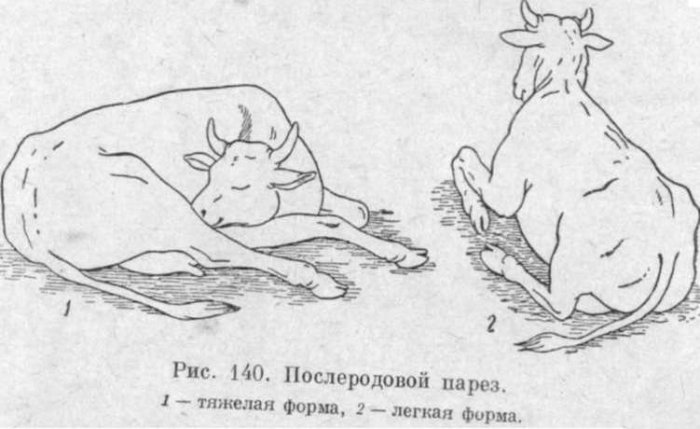
Milk fever
Veterinarians recommend daily monitoring of the cow’s temperature. Any deviation from the norm indicates the possible onset of the pathological process.. If the placenta is delayed for more than a day, you need to urgently seek veterinary help. Otherwise, the decomposition of the tissue in the uterus of the animal will begin, and then the infection will spread to the internal organs.
Measurement of body temperature
To measure the body temperature of a cow, you can use one of the following devices:
- Ordinary mercury thermometer.
- electronic analogue.
Veterinarians recommend taking precautions – a sick animal can butt or kick a person. Before the procedure, the thermometer is treated with alcohol, after the measurement, the device is also disinfected. The tip of the thermometer is generously lubricated with petroleum jelly and gently inserted into the rectum. The mercury thermometer is held for 6-7 minutes before taking readings. An electronic analogue will report reliable data in a minute.
Keeping cattle requires a careful approach to your animals and some knowledge in the field of veterinary medicine. It is important to know what temperature in cows and calves is considered normal, from which it can rise or fall. If you find any significant deviations from the norm (by 1-1,5 degrees), you should contact the veterinary service. Delay can lead to complications of illness and death of animals.
